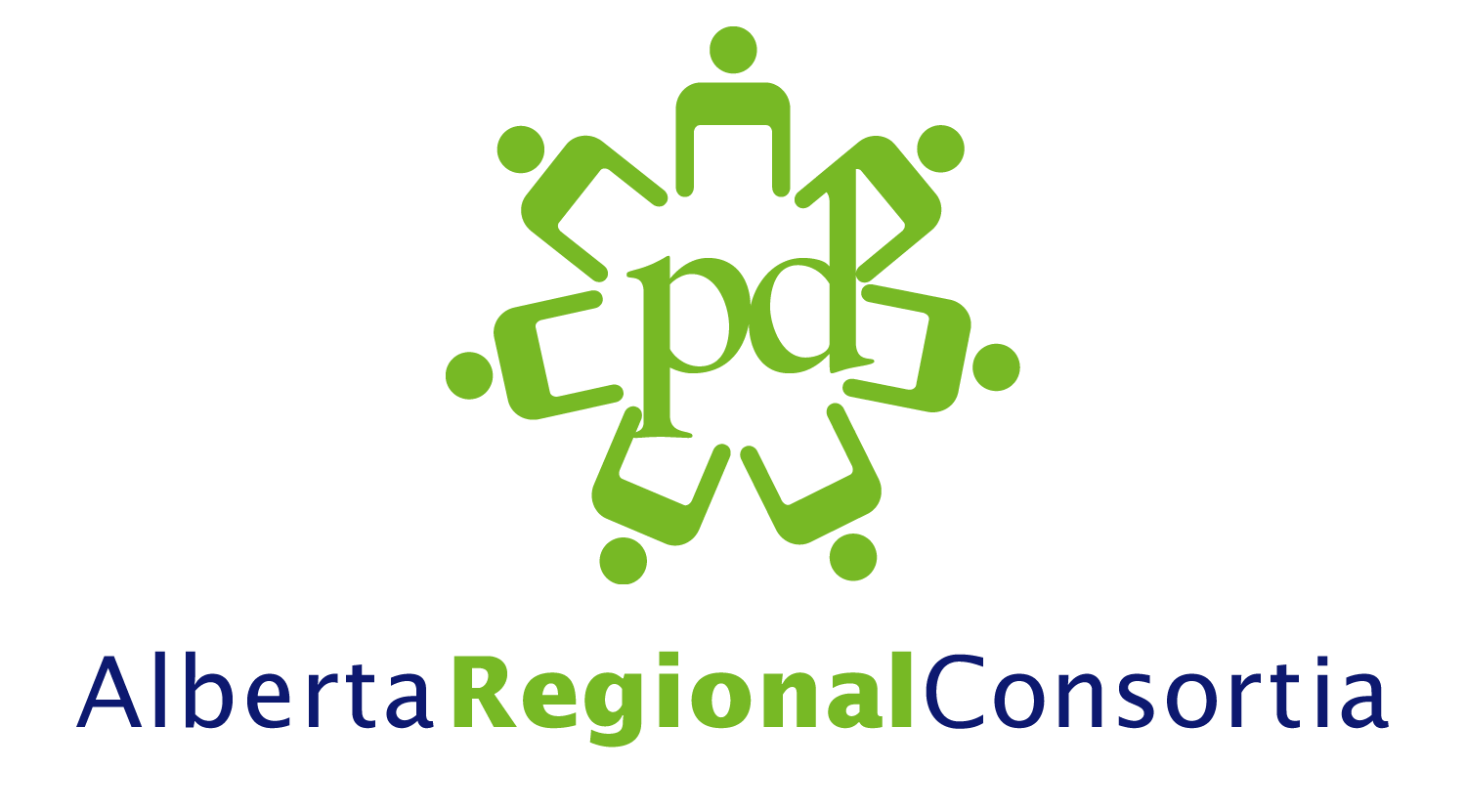Equality
 |
| HOME | VERSION BILINGUE |

Click here to report a broken link to a website or a document
![]()
Note: Adobe Flash Player is required to view the video.
View the Foundational Webinar "Insight into Equality".
Webinar Slides: click here to open (PDF)
Webinar Guide : click here to open (PDF)
"After watching the Equality webinar, I now realize why my first year Calculus students and my 5 years old son are making the same mistakes related to equality."
- Sean Graves
Your feedback is valued!
After watching the archived webinar, please fill out this short survey.
![]()
Quote
The National Council of Teachers of Mathematics states, "In understanding equality, one of the first things students must realize is that equality is a relationship, not an operation" (2000–2007).
http://www.learnalberta.ca/content/mepg7/html/pg7_preservationofequality/step1.html
What Is Equality?
In Mathematics, “equal” refers to a relationship not an action or an operation. Equal is used to describe a comparison. We compare amounts, values, and measurement like length, volume, capacity, etc. The equals sign should be read as “is the same amount as” or “represents the same amount or value as”.
If a unit is not identified, the comparison between “how much” or “how many” in each set or how much each set is worth. For example, 1 = 10 would be not equal whereas 1 cm = 10 mm is equal because it has units.
The understanding of equality as a relationship forms the basis for all number properties. The understanding and application of number properties is a significant factor in students building efficient strategies for computation and forms a foundation for success in algebra.
Caution about the “Balance” Metaphor:
Teachers need to be cautious as students’ understanding of weight may interfere with their ability to consider whether or not 2 sets or expressions balance. When 2 lengths or 2 volumes are being compared, the metaphor “balance” has no meaning. We really use balance when we’re talking about equations that are balanced. In order to address all aspects of equality, teachers need to use a variety of models and/or metaphors. When using the balance metaphor, we want to ensure students understand that we use the term as an adjective to describe the state of equality rather than a verb.
Why Is Equality Important?
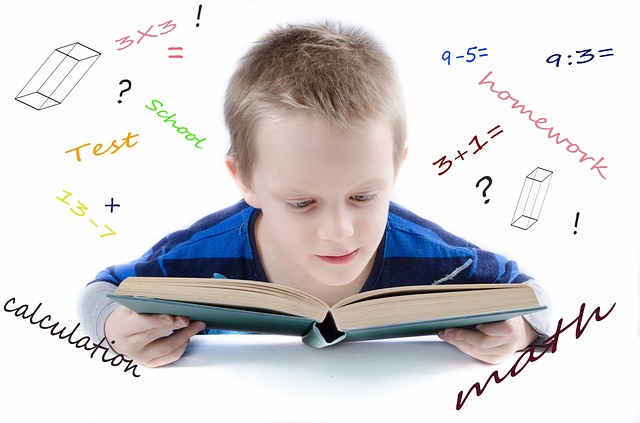 Determining if relationships are equal or not equal forms the foundation for almost everything we do in math. Applications include work with number lines, situations that require comparing, ordering and determining magnitude and the development of an understanding of the commutative, associative and distributive properties. Distractors that interfere with understanding include color, size, shape, etc.
Determining if relationships are equal or not equal forms the foundation for almost everything we do in math. Applications include work with number lines, situations that require comparing, ordering and determining magnitude and the development of an understanding of the commutative, associative and distributive properties. Distractors that interfere with understanding include color, size, shape, etc.
According to the Alberta Mathematics Kindergarten to Grade 9 Program of Studies (2016), Change and Relationships are two of the components that define the Nature of Mathematics. Equality is about change and relationships.
|
CHANGE It is important for students to understand that mathematics is dynamic and not static. As a result, recognizing change is a key component in understanding and developing mathematics.
RELATIONSHIPS Mathematics is one way to describe interconnectedness in a holistic worldview. Mathematics is used to describe and explain relationships. As part of the study of mathematics, students look for relationships among numbers, sets, shapes, objects and concepts. The search for possible relationships involves collecting and analyzing data and describing relationships visually, symbolically, orally or in written form. https://education.alberta.ca/media/3115252/2016_k_to_9_math_pos.pdf
|
Mathematics Kindergarten to Grade 9 Program of Studies, Alberta Education, 2014
Why Begin with Equality?
It is important that students first understand relationships between numbers before they are asked to operate with them. Operations emerge as a thinking and communication tool to help us in our quest to determine and prove equality and inequality. The equal sign naturally arises through a need for the formal presentation of determining equality.
The Big Ideas of Equality
- Mathematically, equality refers to a relationship between objects that can be quantified.
- Mathematically, equality can refer to a relationship between units of measure.
- Operations emerge as a way to balance an inequality.
Teacher Background Knowledge
What do I need to know as a teacher in order to be able to teach the concept(s)?
Vocabulary
![]()
Mathematics Draft K-4 Curriculum (PDF)
K-9 Program of Studies (PDF)
Below you will find outcomes from k - 6 related to Equality. There is room for conversation about how/if different outcomes are related to equality…. did all teachers choose the same outcomes?
Kindergarten: |
|
|
N2 |
Subitize (recognize at a glance) and name familiar arrangements of 1 to 5 objects or dots |
|
N5 |
Compare quantities 1 to 10, using one-to-one correspondence |
Grade 1: |
|
|
N4 |
Represent and describe numbers to 20, concretely, pictorially and symbolically |
|
N5 |
Compare sets containing up to 20 elements, using
To solve problems |
|
N7 |
Demonstrate an understanding of conservation of number |
|
P/R 4 |
Describe equality as a balance and inequality as an imbalance, concretely and pictorially (0 to 20) |
|
P/R 5 |
Record equalities, using the equal symbol |
Grade 2: |
|
|
N5 |
Compare and order numbers up to 100 |
|
P/R4 |
Demonstrate and explain the meaning of equality and inequality, concretely and pictorially |
|
P/R5 |
Record equalities and inequalities symbolically, using the equal symbol or the not equal symbol |
Grade 3: |
|
|
N3 |
Compare and order numbers to 1000. |
|
N13 |
Demonstrate an understanding of fractions by:
|
|
P/R4 |
Solve one-step addition and subtraction equations involving a symbol to represent an unknown number. |
Grade 4: |
|
|
N2 |
Compare and order numbers to 10 000. |
|
N6 |
Demonstrate an understanding of multiplication (2- or 3- digit by 1- digit) to solve problems by:
|
|
N8 |
Demonstrate an understanding of fractions less than or equal to one by using concrete, pictorial and symbolic representations to:
|
|
N10 |
Relate decimals to fractions and fractions to decimals (to hundredths). |
Grade 5: |
|
|
N4 |
Apply mental mathematics strategies for multiplication, such as:
|
|
N7 |
Demonstrate an understanding of fractions by using concrete, pictorial and symbolic representations to:
|
|
N9 |
Relate decimals to fractions and fractions to decimals (to thousandths). |
|
N10 |
Compare and order decimals (to thousandths) by using:
|
Grade 6: |
|
|
N4 |
Relate improper fractions to mixed numbers and mixed numbers to improper fractions. |
|
N5 |
Demonstrate an understanding of ratio, concretely, pictorially and symbolically. |
|
P/R5 |
Demonstrate and explain the meaning of preservation of equality, concretely and pictorially. |
![]()
What level of understanding do your students have regarding Equality? Use the “Big Ideas of Equality” to guide your teaching. Sample evidence is provided for each Big Idea in order to guide you when assessing your students’ level of understanding.
| Big Idea of Equality | What Might It Mean? | What might be evidence of understanding? |
| Student can match quantities without counting. In primary: Students are expected to subitize quantities of 2 , 3 and 5. In upper elementary we expect they see equivalence with fractions and decimals as automatic. | Students match small sets. They may physically match one to one. They might pair objects. They might just look and know. |
Matched the quantity accurately. Student does not need to count or prove by counting. Simply agree that these are equal because they are the same amount . Attributes of objects . |
| Student is able to explain why sets whose objects have been matched have same number: one to one correspondence, automatic recognition of parts or wholes or both (subitize, part whole relationships), conservation of quantity. Matching the pattern or arrangement |
Students are expected to discuss and explain how they know these sets are equal. I lined them up and they match, there is one for each. I counted and they are the same amount. I saw they fit the same space. They are arranged the same. They are the same length. I moved them in my head, they are the same. |
Demonstrate a strategy, describe a strategy, create an equation and diagram the strategy. (Number Lines, strings, folding, covering equal spaces. These fit on each other. These line up. These fill the same container to the same point. These hold the same position on the numberline “making ten” strategy with ten frames Eg
|
| Student recognizes rearranging does not change the equivalence |
Equality is set up. Students agrees. Items on either side are re-arranged, moved apart, traded across or substituted but if the quantity does not change the equality is not affected. |
Are these equal? Show picture, show equation, show expression Does the equal sign fit here? What do I have to do to “balance it” Here is an equality, Build and Explain why it is true or “balanced” Change it but keep it balanced. 7 = 5 no add 2 or subtract 2 or move one over 3 + 4 = 7 yes could change both sides and still be equal as in 4 + 3 = 2 + 5 7 = 3 + 4 etc. |
| Student recognizes that number can be an attribute used to sort sets. |
These go together because they all have 5 in them. These go together because they are all ways to demonstrate 6. These all equal 1/2. These are all ways to show 1 Equivalent fractions, equivalent areas, equivalent volumes |
Students identify equality based on same number of things. Students replace the stuff with numbers and then confidently manipulate those numbers These are acceptable equations about equal:
Student identifies sets that are equal and identifies why: contain same amount (strictly a count), or share a common measure as in equal weight, equal length, equal capacity or volume. Student creates an equality to match a given equation. Student identifies sets that are not equal with explanation for why. |
| Student holds attribute(s) firm. Objects used do not sway thinking. These are both sets of 8 even though one set is a different colour or a different object. |
I used bears and houses but 5 is five. One half of a chocolate bar and one half of an elephant. Both represents halves.... do not let the object interfere. 75 % is three quarters of something, does not matter what the something is... The difficulty here is that when we are just talking number, objects can interfere. When we quantify with weight or length as in 3 cm or 5 gm... now it is a clearer image for many. Thirds can be cut into sixths so two thirds is now four sixths. |
Students identify equality based on same number of things. Students replace the stuff with numbers and then confidently manipulate those numbers Recognize that when two sets (collections) contain the same amount or quantity they are equal or balanced regardless of the arrangement or composition, colour, shape of the collection or set. |
|
Student uses appropriate language correctly: equal, not equal, more, less, equivalent, commutative, equality, inequality, equal sign, greater than, less than, same amount Student records the appropriate statement of equality or inequality |
Do not introduce symbols without purpose.. The greater than , less than symbols cause great confusion when students do not experience enough with contexts and materials. The equal sign always means equal.... The convention we follow: one equal sign per equation, but we make exceptions when we are stringing equivalencies. 3+7=8+2=10 is true across both equal signs 3+7 = 10+4 = 14 is not. 6 = 2 + 4 os just as valid as 2 + 4 = 6 (You do not have to turn it around) ( Teachers worry that this is confusing and leads students to confusions around subtraction equations. Subtraction is a problem when we only focus on writing equations. When we build subtraction, explain and link the writing of equations to the explanations it is not a problem. This same problem holds true for division when all we focus on is writing equations. Expression 3 + 4 (student might see this in dot collection) Expression 30 + 5 (student might see this in hundred grid) Expression 5 + ? (students might set this up as they interpret a problem) Expression 6b (Grade 5 we start to consider coefficients) Equation: 6 = 4 + 2 or 4 + 2 = 6 7 = 9 – 2 or 9 – 2 = 7 3+5=5+3 8+2 = 7+3 6x4=4x6 6x4=24 or 24=6x4 24 ÷ 4 = 6 or 6 = 24÷ 4 4 + ? = 10 10 – 4 = ? y = 2x + 1 y+5 = x + 2
|
These are acceptable equations about equal: 5 = 5 ( there does not have to be an operation sign) 2 + 3 = 5 5 = 2 + 3 2 + 3 = 3 + 2 1 + 4 = 2 + 3 Student identifies sets that are equal and identifies why: contain same amount or share a common measure as in equal weight, equal length, equal capacity or volume. Student creates an equality to match a given equation. Student identifies sets that are not equal with explanation for why. |
| Student accepts and applies the term equal to quantifiable comparisons as in equal weights, distances, time, areas, volumes, etc. |
As we move to Grade 3 we begin to introduce units of measure. Units of measure are related. 10 mm = 1 cm 100cm= 1m Place Value units are equivalent: 10 tens = 100 10 hundreds = 1000 Fractional Units and Decimal Fraction Units are embedded Thirds are in sixths hundredths are in tenths |
Students recognize that changing units does not change the value of the measurement. Ex. Changing 1 km to 1000 m does not make it longer or shorter. |
| Student is able to preserve equality between 2 sets. (Students recognize that equality is a relationship that can be conserved.) | Students recognize that you can maintain equality by adding, subtracting, multiplying and dividing both sides by the same amount. |
Students identify equality based on same number of things. Students replace the stuff with numbers and then confidently manipulate those numbers |
|
Student is able to transform inequality to create equality multiple ways and can explain the difference between those ways and record equations to describe Addition and MultiplicationStudent is able to use multiple ways to transform an equality into an equivalent equality for both addition and multiplication. |
Liping Ma "Changing one or both sides of an equal sign for certain purposes while preserving the "equals" relationship is the secret of mathematical operations". Students demonstrate flexibility in number sense. Students can apply the big ideas of equality to facilitate the learning of basic facts |
Liping Ma “Changing one or both sides of an equal sign for certain purposes while preserving the “equals” relationship is the secret of mathematical operations”. Array for multiplication:
|
![]()
 What researchers say about equality:
What researchers say about equality:
-
Students in elementary school often misinterpret the equal sign (=) as an operational (i.e., do something or write an answer) symbol even though the equal sign should be viewed as a relational symbol (Sherman & Bisanz, 2009). Students should understand the equal sign as relational, indicating that a relationship exists between the numbers or expressions on each side of the equal sign (Jacobs, Franke, Carpenter, Levi, & Battey, 2007). The number or expression on one side of the equal sign should have the same value as the number or expression on the other side of the equal sign. If the equal sign is interpreted in an operational manner, this typically leads to mistakes in solving equations with missing numbers (e.g., 5 − ___ = 1) and difficulties with algebraic thinking (e.g., x − 2 = 2y + 4; Lindvall & Ibarra, 1980; McNeil & Alibali, 2005b). Research has shown, however, that ongoing classroom dialogue (e.g., Blanton & Kaput, 2005; Saenz-Ludlow & Walgamuth, 1998) or explicit instruction (McNeil & Alibali, 2005b; Powell & Fuchs, 2010; Rittle-Johnson & Alibali, 1999) can change students’ incorrect interpretations of the equal sign.
This misconception, according to researchers at Texas A&M University, can inhibit a student’s mathematical achievement. According to their research, students who exhibit the correct understanding of the equal sign show the greatest achievement in mathematics and persist in fields that require mathematic proficiency like engineering (Capraro & Capraro 2010).
-
TEACHING COMPUTATION WITHOUT ATTENTION TO RELATIONAL AND ALGEBRAIC THINKING ERECTS A ROADBLOCK TO STUDENTS’ LATER PROGRESS. Students must see all math as a search for patterns, structure, relationships, as a process of making and testing ideas and in general making sense of quantitative and spatial situations (Schoenfild, 2008)
-
Liping Ma “Changing one or both sides of an equal sign for certain purposes while preserving the “equals” relationship is the secret of mathematical operations”.
-
Equivalence obeys three properties:
-
reflexivity, the relationship relates a thing to itself, A is related to A;
-
symmetry, if A is related to B, then the opposite direction is also true, i.e; B is related to A; and
-
transitivity, if A is related to Band B is related to e, then A is related to C.
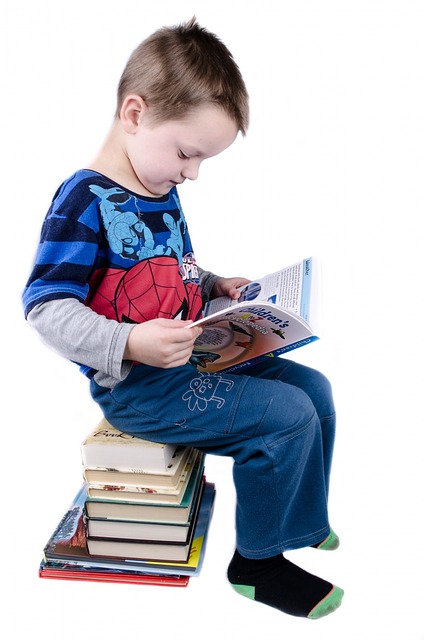
-
The most used equivalence relation in mathematics is 'equals'.
-
For the equivalence properties, transitivity appeared to be well understood, symmetry reasonably understood and reflexivity not recognized.
-
Equality relationships were commonly seen in terms of balance and students were skilful in returning .relationships to balance when they were unbalanced;
-
Equality as transformation was less familiar and older students appeared unable to interpret examples such as x+3=5 in terms of change and reversing change, even' when an example was worked through with them..
-
Researchers found NO EVIDENCE of recognition of reflexivity. Cooper, Rixon, Burnett
More Readings:
Powell, S. R. (2012). EQUATIONS AND THE EQUAL SIGN IN ELEMENTARY MATHEMATICS TEXTBOOKS. The Elementary School Journal, 112(4), 627–648.
Knuth, E., Alibali M. W., Hattikudur, S., McNeil, N. M., & Stephens, A. C. (2008). The Importance of Equal Sign Understanding in the Middle Grades. (PDF)
Carpenter, T. P., Levi, L., & Falkner, K. P. (2000). Children's Understanding of Equality: A Foundation for Algebra. (2000). (PDF)
![]()
Quick Assessment Rubric
These activities were provided in the Equality webinar. Choose at least one activity to give to your students. Have them record their responses. Pay special attention to how students get to their answers. Do they have an operational or relational understanding of Equality?
![]()
Programming decisions and the selection of learning resources are made by school authorities, schools, teachers and students.
The use of authorized resources is not mandatory. A broad range of learning resources may be used to meet the needs of all students.
The links below will provide you with a variety of resources that may come in handy when teaching the concept of equality.
These resources are suggestions and are meant to complement what you are already using. They are not necessarily aligned to Alberta Curriculum. These resources come from a variety of sources and are not affiliated with Alberta Education.
Click here to submit a resource
Click here to report a broken link to a website or a document
"Understanding the Equal Sign Matters at Every Grade" in the Delta K Journal
Lorway, G. (2017). Understanding the Equal Sign Matters at Every Grade. Delta-K,54(1), 39-43.
Kindergarten: NUMBER2. Subitize (recognize at a glance) and name familiar arrangements of 1 to 5 objects or dots. 4. Represent and describe numbers 2 to 10, concretely and pictorially. 5. Compare quantities 1 to 10, using one-to-one correspondence. |
Grade 1: NUMBER2. Subitize (recognize at a glance) and name familiar arrangements of 1 to 10 objects or dots. [C, CN, ME, V] 4. Represent and describe numbers to 20, concretely, pictorially and symbolically. 5. Compare sets containing up to 20 elements, using:
7. Demonstrate an understanding of conservation of number. |
Grade 1: PATTERNS AND RELATIONS (Variables and Equations)4. Describe equality as a balance and inequality as an imbalance, concretely and pictorially (0 to 20). 5. Record equalities, using the equal symbol. |
Grade 2: NUMBER5. Compare and order numbers up to 100. |
Grade 3: NUMBER3. Compare and order numbers to 1000. 13. Demonstrate an understanding of fractions by:
|
Grade 4: NUMBER2. Compare and order numbers to 10 000. 6. Demonstrate an understanding of multiplication (2- or 3- digit by 1- digit) to solve problems by:
8. Demonstrate an understanding of fractions less than or equal to one by using concrete, pictorial and symbolic representations to:
10. Relate decimals to fractions and fractions to decimals (to hundredths). |
Grade 5: NUMBER4. Apply mental mathematics strategies for multiplication, such as:
7. Demonstrate an understanding of fractions by using concrete, pictorial and symbolic representations to:
9. Relate decimals to fractions and fractions to decimals (to thousandths). 10. Compare and order decimals (to thousandths) by using:
|
Grade 5 : PATTERNS & RELATIONS(End of page 2) |
Grade 6: NUMBER4. Relate improper fractions to mixed numbers and mixed numbers to improper fractions. 5. Demonstrate an understanding of ratio, concretely, pictorially and symbolically. |
Grade 6 : PATTERNS AND RELATIONS3. Represent generalizations arising from number relationships, using equations with letter variables.
a × b = b × a. 5. Demonstrate and explain the meaning of preservation of equality, concretely and pictorially. |
![]()
Ideas for Using the Following Information:
The information included below can be used in multiple ways.
-
Portions can be included monthly parent bulletins/newsletters
-
Items can be discussed at Parent-Teacher Interviews
- Ideas can be used in a Parent Information Night
Message 27 - A Math Message to Families (Seeley, 2009)
http://mathsolutions.com/documents/9781935099031_message27.pdf
NCTM - Support for Families - Helping Your Math Students
NCTM - Algebra - Connect it to Student Priorities!
Newsletter
Alberta Education’s Parent resource area:
https://education.alberta.ca/mathematics-k-6/program-of-studies/
Big Ideas
What is equality? 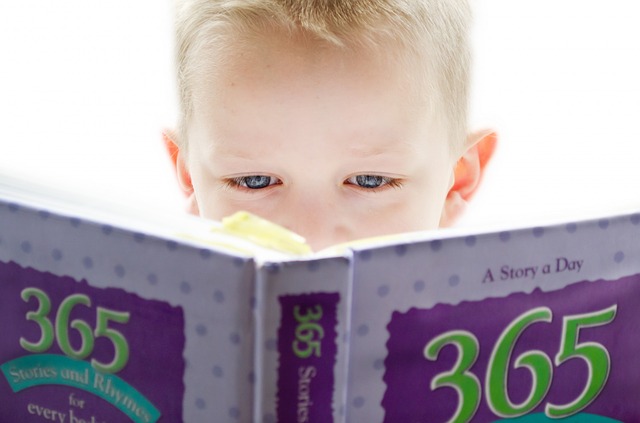
-
Equality is when you have an equal number of items in two groups
Why is it important? Children need a strong understanding of equality. It allows them to
-
compare quantities and decide if one group has more, less or is equal.
- move from arithmetic to algebra
Simple Activities you can do with your child
Download in PDF | Download in .DOC
| Activity 1 |
|
| Activity 2 |
|
| Activity 3: Moving to Abstract |
|
|
Activity 4 |
|
| Activity 5 |
|
How equality changes from year to year?
-
In Kindergarten
-
an understanding of equality starts with students recognizing and naming familiar arrangements of 1 - 5 objects or dots (this is called subitizing)
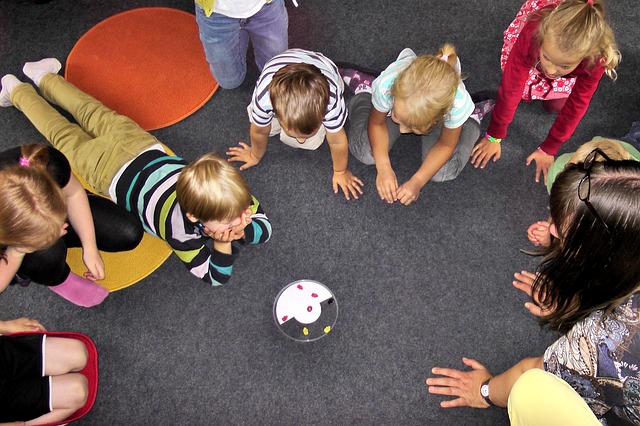
-
students compare two groups of items (groups from 1 - 10) by matching up the items in each group. This allows students to talk about which group has more items or less items or do the two groups the same number of items.
-
In Grade 1
-
Students will recognize, name and write numbers 1 - 20, as well as being able to draw objects showing the number (for example the number 7 has 7 objects to draw out), and if they have items (like beads) then students will show that the number 16 means there are 16 beads.
-
Students continue to compare two groups of items, and now the groups may have 1 - 20 items in each group.
-
Students will talk about the groups, if each group has the same number of items, the groups are “balanced”, if one group has more or less, then the groups are “imbalanced”
-
Students will be able to look at groups of items and write the math equation that shows what is happening with the groups. For example, if you have one group with 7 items, and then another group with a pile of 3 and a pile of 4 items, the student will be able to write: 7 = 3 + 4
-
If you were to switch the piles around in a different order, for example if you had the first group with 7 items, and then in the second group you changed the piles into a pile of 2 and a pile of 5, the student would know that the two groups are still equal (still have the same number of items)
Misconceptions
As a reminder, the equal sign shows that two groups have the same number of items.
|
The Question: (Focusing on the Misconception) |
The Follow Up Question | The Background Info to be Provided |
|
The answer is always on the right of the equals sign. Ex. 3+5=? |
?=3+5 |
Misunderstanding: Students see this as wrong. They feel the answer must come after the equals sign. Since the equal sign is showing that two groups have the same number of items, it does not matter which group you look at first. 3+ 5 = 8 is showing the same relationship as 8 = 3 + 5 |
|
An equal sign means the answer is coming after. Ex. 3+5 = ? |
3+5=?+2 |
Misunderstanding: Students often answer this as 3+5=8+2 Children see the equals sign as an operation rather than as a relationship. Suggestion: Use the phrase “is the same as” and other phrases rather than just “is equal to” when referencing the equals sign |
Vocabulary
| Parent Friendly |
|
Equality
|
|
Inequality
|
|
Attribute
|
|
Conservation of number
or 3 + 2 is the same as 2 + 3 |
|
Symbolically
|
|
Concretely
|
|
Pictorially
|
|
Equation
|
|
Variable
|
|
Preservation of equality
|
